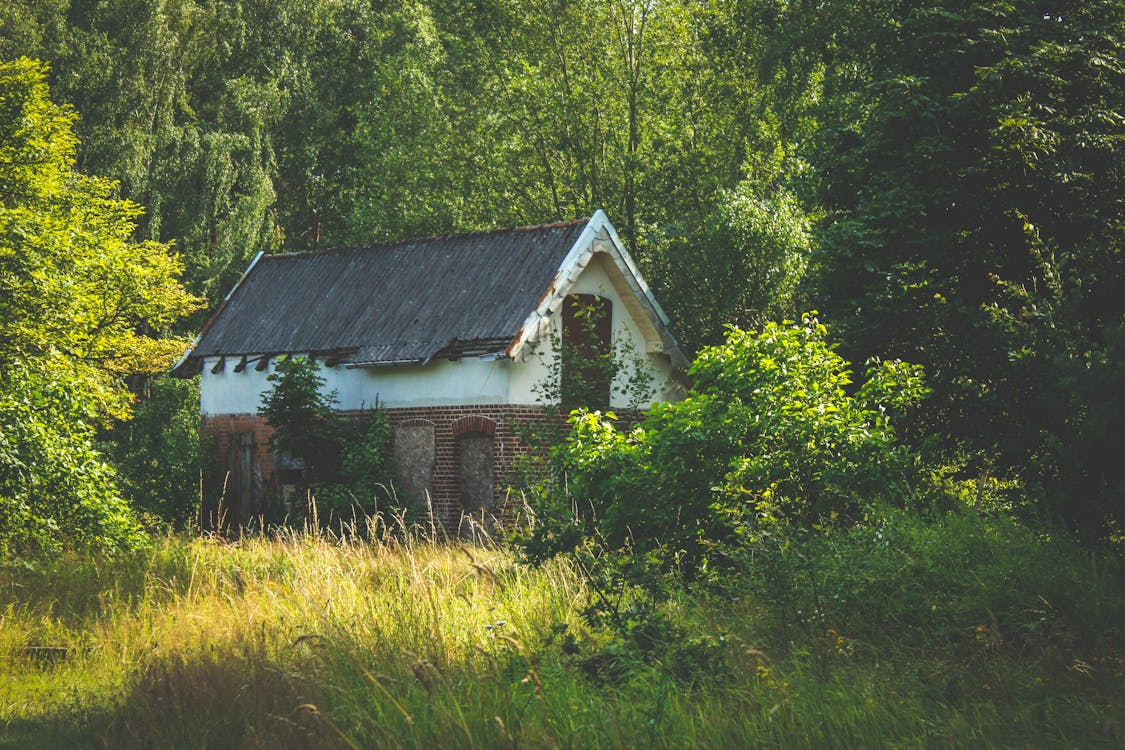Have you recently inherited an ancestral home or bought an old building? In that case, you’re probably looking for ways to improve the interior design and the exterior landscaping. Renovating your home completely can cost you up to USD 200,000.
It’s probably not possible for you to spend that much on repairing an old building. Instead, you’ll need a proper plan and a budget, mostly because multiple areas of the house will require a revamp.
With careful consideration, you must address structural concerns while keeping budgeting intricacies in mind. Always remember to be practical about design aesthetics and balance transformation with comfort in a heritage property.
In this blog post, we’ll discuss everything a homeowner needs to know about renovating an old building.
3 Dangers of Living in an Old Building
In the Cuban city of Havana, an old, historic building collapsed due to structural issues and killed three residents. This story proves that living in unmaintained old buildings can pose a risk. Take a look at the three dangers that you must know about before moving forward with home improvement:
#1. Presence of Polychlorinated Biphenyls (PCBs)
PCBs are synthetic chemicals found especially in older buildings. Hence, there’s a possibility that your old home has fluorescent lighting fixtures or electrical equipment made with PCB. Reports suggest that these chemicals were banned in 1979 but were commercially manufactured for fifty years.
Studies have shown that continuous exposure to PCBs can cause severe health issues. The PCB exposure symptoms include the following:
- Immunity deficiencies
- Different types of cancer
- Issues with the endocrine system
- Liver damage
- Neurological disorders
According to TorHoerman Law, attorneys are currently investigating the possibility of litigation for those suffering from PCB exposure. Recently, the parents of students in a Seattle area school filed PCB lawsuits against Monsanto in Washington State. However, the judge reduced the estimated punitive damages from USD 857 million to USD 438 million.
#2. Compromised Structural Integrity
The structural integrity of older buildings can be compromised for the following reasons:
- Lack of maintenance
- Natural disasters
- Weathering
- Bad-quality foundation
All these can pose a grave risk to the house’s supporting features, like walls, ceilings, foundations, etc. As a result, there can be sagging floors, cracks, and leaning walls. There’s also a high risk of collapse if the structure gets compromised like this.
#3. Lead-Based Paint
Statistics suggest that 24% of homes from the 1960s and 1970s had lead-based paint. Millions of older homes still have traces of lead lurking beneath the layers of new, environmentally friendly paint. As suggested by the Mayo Clinic, lead poisoning can cause learning difficulties, hearing loss, and seizures among children and adults.
The paint in your old home is probably in the process of deteriorating. That means the lead can possibly form a toxic dust-like substance that contaminates the air and surfaces.
What Should You Consider When Renovating an Old House?
According to the EPA, you must perform tests on older structures before renovating or repairing them. For example, you must check the old home for traces of lead, PCBs, and structural issues before anything else. For that, you can contact a professional renovator, architect, or contractor to gain expert insight into safe renovation processes.
Once done, you can consider the following factors when renovating the old building:
- Plan a meticulous budget based on the usual expenses for home improvement in older properties.
- Ensure safety by removing hazardous materials from the premises.
- Check the local building codes and abide by the state regulations.
- Respect the original features and architectural beauty of the house and preserve it.
- Assess the stability of the home’s roof, walls, and foundation before renovating.
- Remember to upgrade windows, HVAC systems, and insulation to ensure energy efficiency.
You must also consider the neighborhood’s community guidelines before making any changes to the home’s exterior.
5 Tips for Renovating an Old Building
You’ve understood the dangers of living in old buildings and made some careful considerations. Now, it’s time for you to plan and execute the renovation process with the help of these tips:
- Assess the damage, pest infestations, or rot in the building’s structure through test kits and inspections.
- Understand the history and the beauty of the architecture behind the house by asking the neighbors.
- Prioritize restoring original elements with traditional materials to maintain authenticity.
- Integrate modern technology and amenities without compromising the historic functionality of the house.
- Enhance the building’s livability without changing its unique heritage value.
In conclusion, you must respect the building’s history as you modernize it. Remember to remove any PCB-coated electrical appliances and focus on the building’s structural integrity. Once done, you can repaint the entire house.
You should also reserve the original features if they don’t pose a health hazard. This way, you can embrace change and ensure the architecture is rejuvenated with timeless beauty. All in all, you can renovate old buildings only with proper creativity, planning, and appreciation.







Be First to Comment